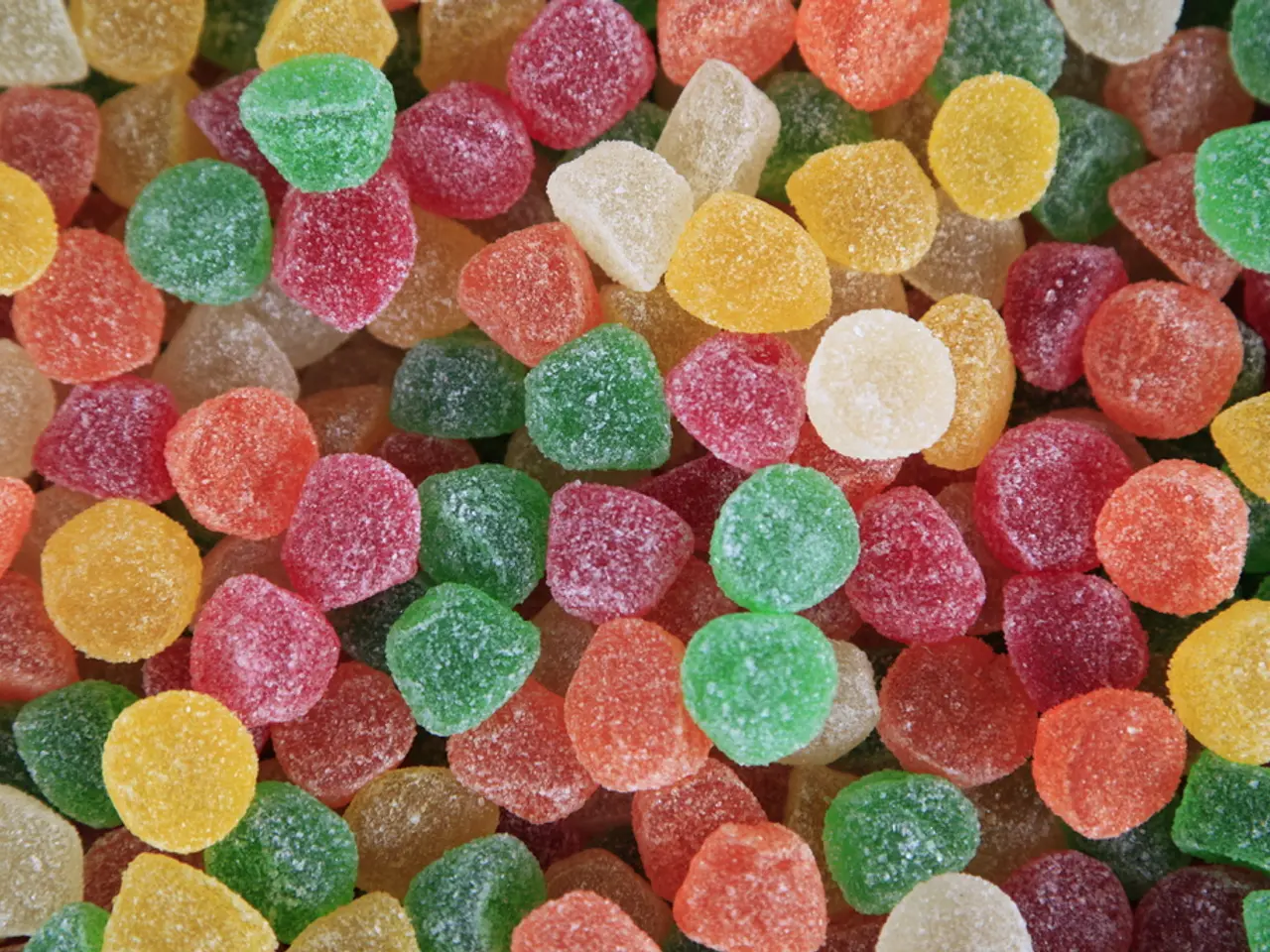Genetic Model Crafted from Candy
Learning about DNA doesn't have to be boring! With this simple and engaging project, children can create their very own 3D candy DNA model, providing a hands-on way to understand the structure of this essential molecule.
Materials Needed
- Mini marshmallows or gumdrops (representing the nitrogenous bases: Adenine, Thymine, Guanine, Cytosine)
- Licorice sticks, gummy worms, or candy sticks (representing the sugar-phosphate backbone)
- Toothpicks or thin pretzel sticks (to connect the bases)
- Food-safe markers (optional, for color-coding bases)
- A DNA base pairing chart (A-T and G-C) for reference
Steps
- Assign colors or candy types to each base pair:
- Adenine (A) – color 1 marshmallow
- Thymine (T) – color 2 marshmallow
- Guanine (G) – color 3 marshmallow
- Cytosine (C) – color 4 marshmallow This color coding helps visualize complementarity (A pairs with T, G pairs with C).
- Create base pairs:
- Stick toothpicks into the marshmallows representing complementary bases (A-T and G-C paired).
- Form pairs by joining appropriate marshmallows with toothpicks.
- Attach base pairs to the backbone:
- Use licorice sticks or candy sticks as the sugar-phosphate backbone strands.
- Connect the paired bases to these backbones, making sure to alternate and stagger pairs to mimic the twisted ladder shape.
- Twist the model:
- Gently twist the candy strands to form the characteristic double helix shape of DNA.
- Label or explain:
- Optionally, use a sign or card to label parts of the model (Adenine, Thymine, Guanine, Cytosine, sugar-phosphate backbone).
This project is a fun, edible, hands-on way to learn DNA structure, ideal for kids' science projects or classroom demonstrations. The model need not be perfectly to scale but should correctly show base pairing and backbone structure. You can adjust candy types based on preferences or allergies.
For a visual step-by-step tutorial, videos on platforms like TikTok and Instagram demonstrate candy DNA model making for kids. DNA is made up of molecules called nucleotides, each containing a phosphate group, a sugar group, and a nitrogen base. Cytosine always pairs with guanine, and the pair is held together by three hydrogen bonds. The four types of nitrogen bases are adenine, thymine, guanine, and cytosine. Adenine is always paired with Thymine, while Cytosine is always paired with Guanine. Hydrogen bonds in DNA help keep the two strands of the DNA double helix together, making the structure stable and strong.
A free printable DNA coloring sheet is available for this project, and the candy DNA model project can be turned into a science fair project with the help of available resources. The real DNA molecule is about 2 nanometers wide, while the candy DNA model is about 8 centimeters or 3 inches wide. The backbone of the candy DNA model is made from Twizzlers or licorice and holds the A, T, C, G nucleotides together. If it were real, the DNA model could stretch from the sun and back 600 times!
Additional printable science projects and activities are available for learning about cells, DNA, and other scientific topics. The recommended grade level for this DNA model project is 3rd-5th grade. Understanding hydrogen bonds in DNA is important for studying and understanding how our bodies work and how traits are passed from parents to children.
So, gather your materials and get ready to dive into the fascinating world of DNA with this delicious and educational project!
- Assigning colors or candy types to each base pair (Adenine, Thymine, Guanine, Cytosine) helps visualize complementarity in DNA structure.
- Creating base pairs by sticking toothpicks into the marshmallows representing complementary bases (A-T and G-C paired) is a key step in creating the candy DNA model.
- The sugar-phosphate backbone strands can be represented by licorice sticks, gummy worms, or candy sticks in this candy DNA model project.
- Connecting the paired bases to these backbones, making sure to alternate and stagger pairs to mimic the twisted ladder shape, is essential for creating an accurate model of DNA.
- Gently twisting the candy strands to form the characteristic double helix shape of DNA is an important step in crafting a realistic candy DNA model.
- This fun, edible, hands-on project is ideal for kids' science projects or classroom demonstrations, teaching children about DNA structure and its key components.
- The candy DNA model can be turned into a science fair project with the help of available resources, making it a great opportunity for kids to learn and showcase their knowledge.
- Hydrogen bonds in DNA help keep the two strands of the DNA double helix together, making the structure stable and strong.
- The candy DNA model project is a fun way to learn about important scientific concepts while also engaging in STEM activities, education and self-development, health-and-wellness, fitness-and-exercise, and even art.
- By understanding hydrogen bonds in DNA, children can learn about how our bodies work and how traits are passed from parents to children, fostering a better appreciation for science and personal growth.




